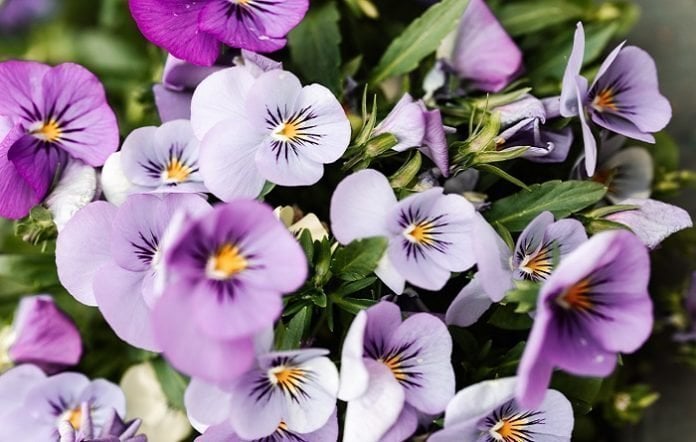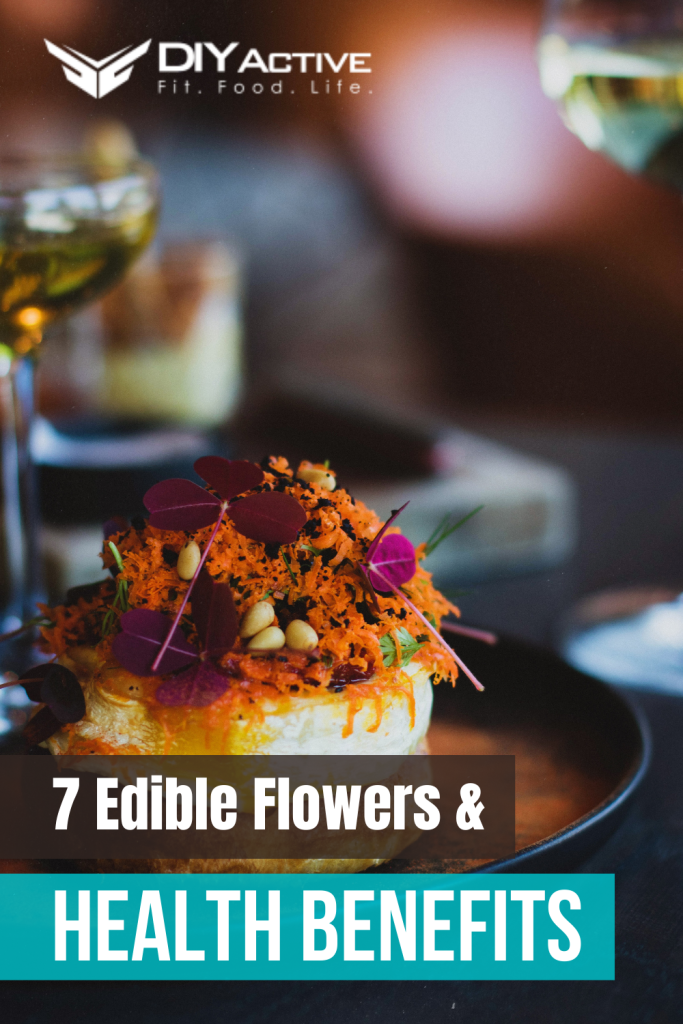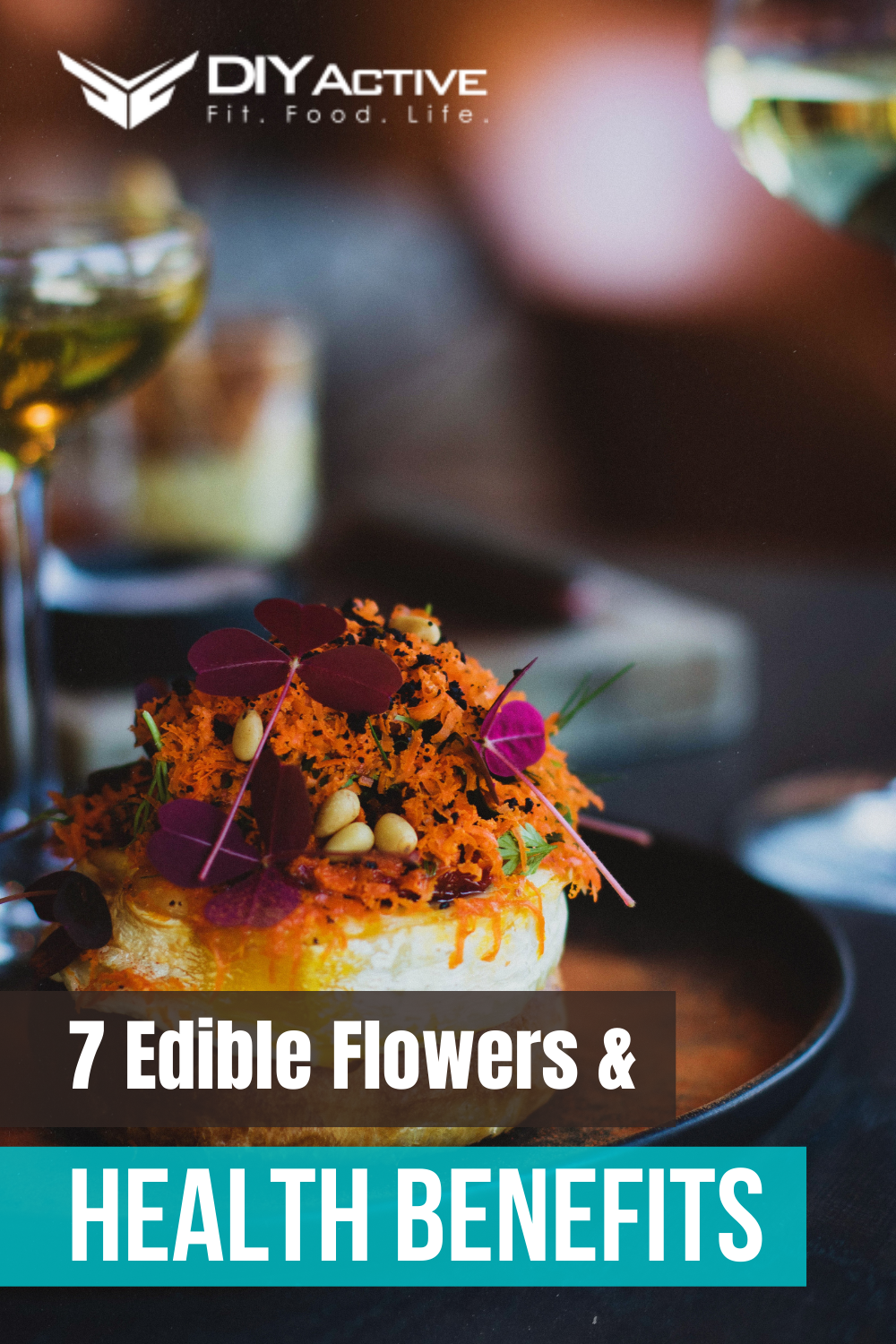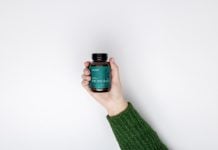
Potential Health Benefits of Edible Flowers
While we mostly think of flowers as being decorative items and lovely gifts for numerous occasions, don’t forget that many flowers are edible. Some even taste really nice too.
Different Health Benefits of Edible Flowers
Furthermore, many varieties of edible flowers have proven or potential health benefits.
Here are seven you should consider including in your diet.
1. Pansy Flowers
Pansies are a rich source of potent plant compounds that have anti-inflammatory and antioxidant properties. And with a mild and fresh flavor, pansy flowers taste great.
Because pansies come in several attractive color variations, they make ideal finishing decorative touches to pastries, cakes, and desserts.
2. Hibiscus Flowers
The colorful hibiscus plant makes an ideal gift, alongside the likes of other flowers like roses and orchids when you’re looking for flower delivery Salt Lake City or in any other destination. But did you know that hibiscus flowers are edible?
Many cultures around the world drink hibiscus tea. Although more studies are needed, it’s thought that hibiscus flowers can help to lower both cholesterol levels and blood pressure.
While most people make tea from hibiscus flowers, you can also eat the bright flowers straight from the plant or use them in salads, jellies, and relishes.
3. Honeysuckle Flowers
The west may not have yet proven the medicinal properties of honeysuckle flowers but they have been used in traditional Chinese medicine practices for hundreds of years.

They’re most commonly used in Chinese medicine to treat various inflammatory conditions.
The flowers can be eaten or applied to the skin. Honeysuckle flowers can be eaten directly or used to make tea or syrup.
4. Purslane Flowers
Both the yellowy flowers and the thick leaves of purslane are edible. Even though purslane is often regarded as nothing more than a weed, the plant is actually filled with minerals, vitamins, and antioxidants.
It has also been scientifically proven to contain more omega-3 fat content than almost any vegetable!
Omega-3 fatty acids have numerous benefits, including improving depression, eye health, and brain health during pregnancy, and improving risk factors for heart disease.
You can eat purslane flowers raw in salads or steam them with vegetables to add to soups or other dishes.
5. Dandelion Flowers
Another flower that is often considered to be a weed is the dandelion.
But the dandelion has had a hard-knock life. After all, its vibrant yellow color is beautiful. Furthermore, dandelions are highly nutritious edible flowers that contain powerful antioxidants.
Interestingly, every part of the dandelion can be eaten, not just the flowers. You can eat dandelion flowers, roots, and leaves, raw in salads or cook them in stews. They can also be used to make wine and jelly. Dandelion tea is rather tasty, too.
6. Chamomile Flowers
The one flower you have probably already consumed at some point is the chamomile flower.
It has been used in traditional medicine and cooking for centuries, and many people today enjoy a cup of soothing chamomile tea.
Chamomile is known to reduce anxiety and improve sleep, so if you haven’t yet tried chamomile tea, it’s high time you did. The flowers can also be added to syrups, desserts, and smoothies.
7. Nasturtium Flowers
Nasturtiums contain a variety of minerals and compounds with anti-inflammatory and antioxidant properties.
The nutritious flowers can be eaten cooked or raw. Also, you can eat the leaves of nasturtiums as well as the flowers.
Because the flowers are tender, they make ideal contributions to salads or pesto.
Photo by Kristina Paukshtite from Pexels
Photo by Karolina Grabowska from Pexels



